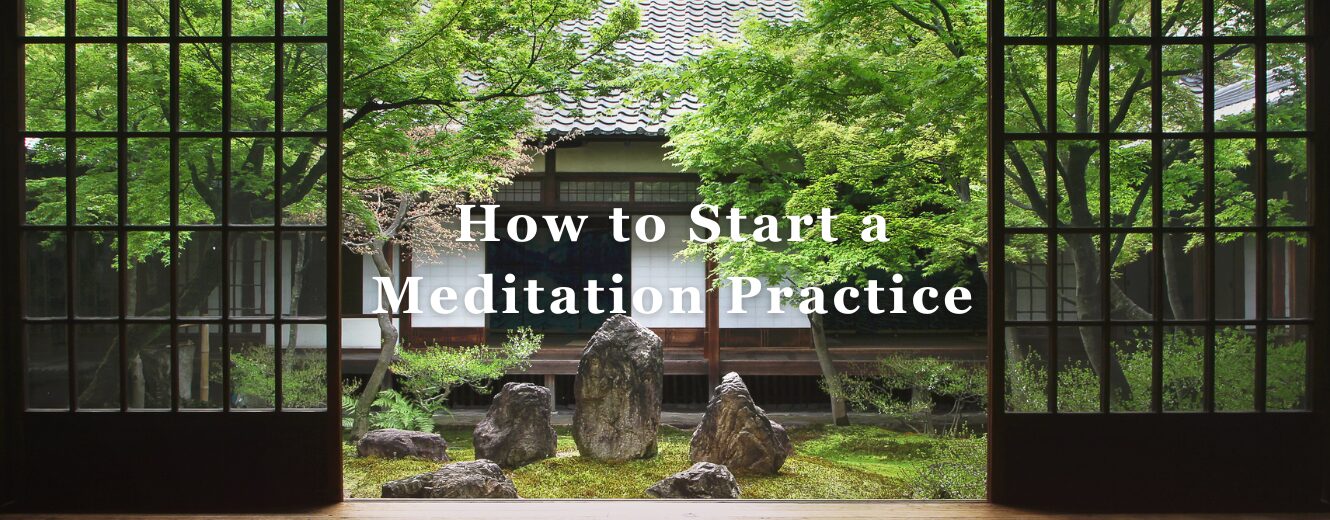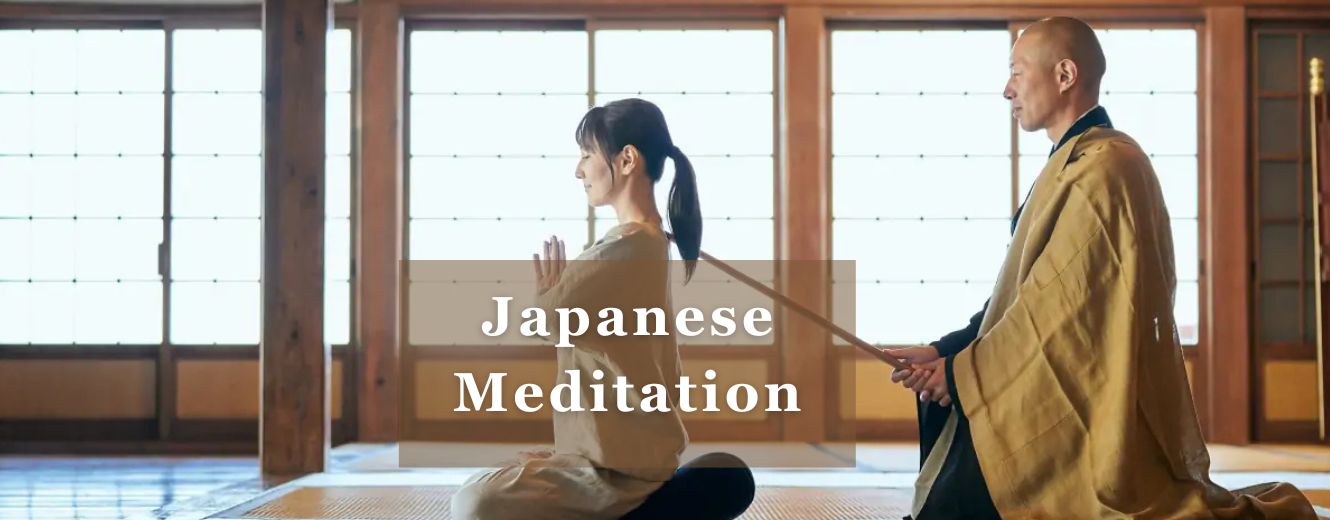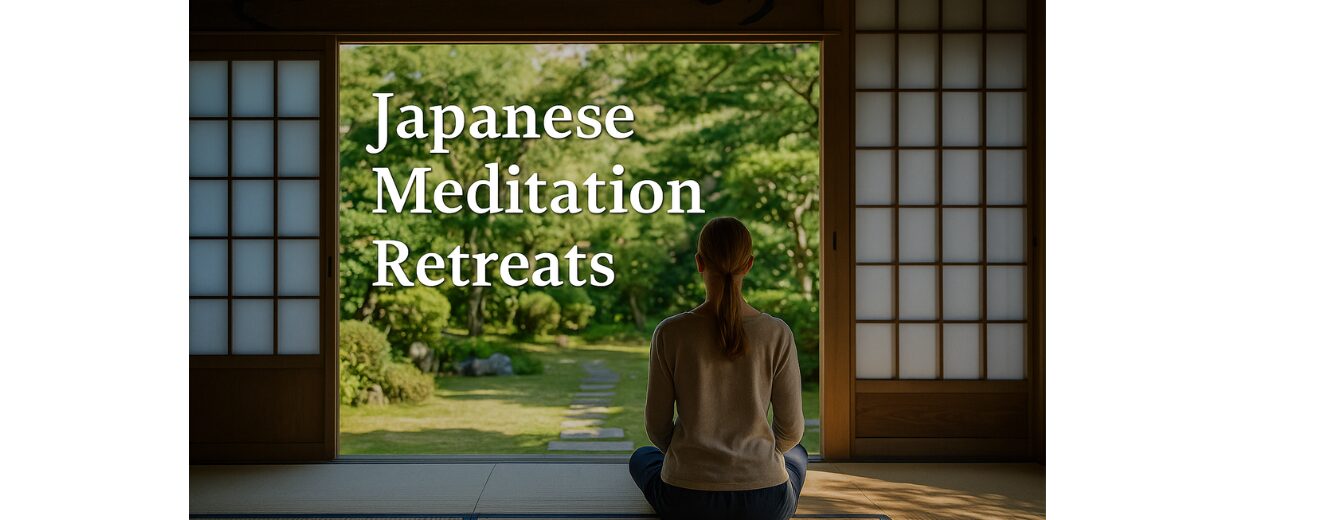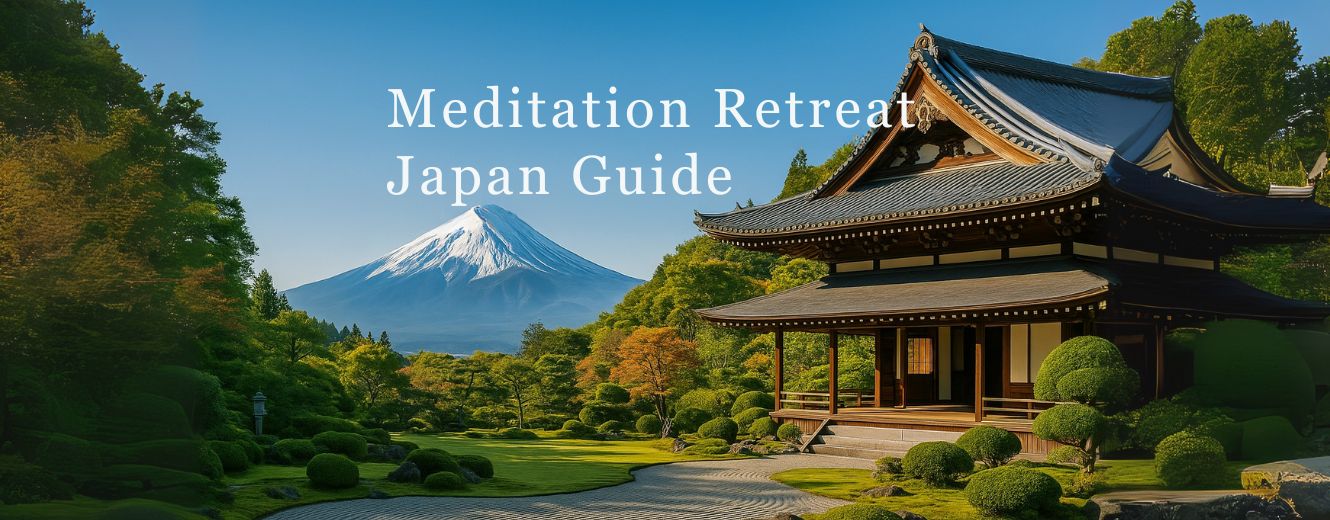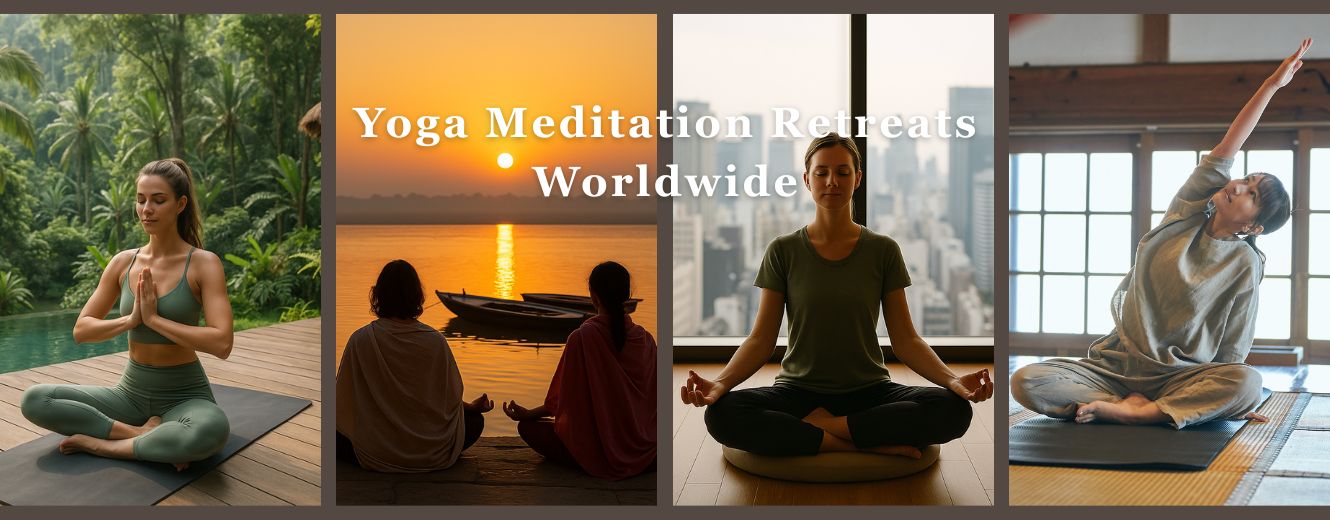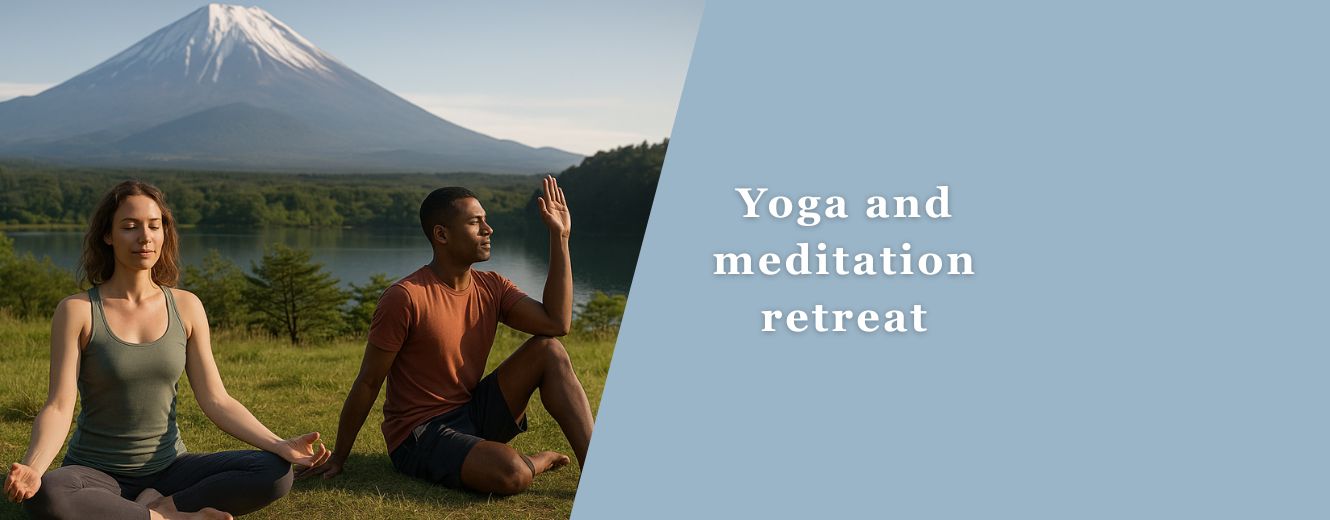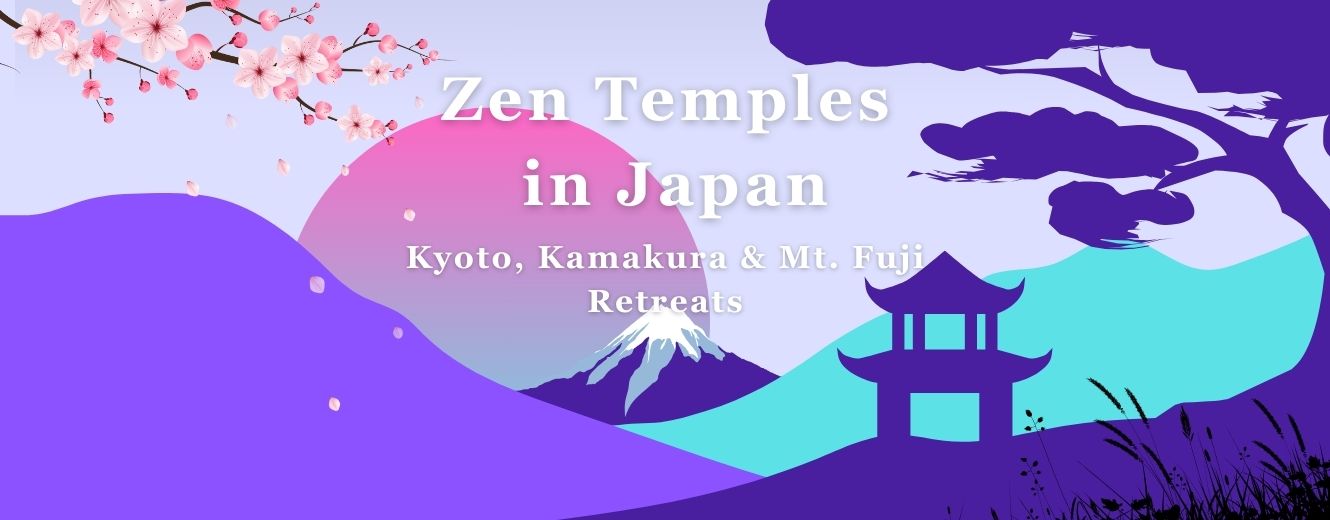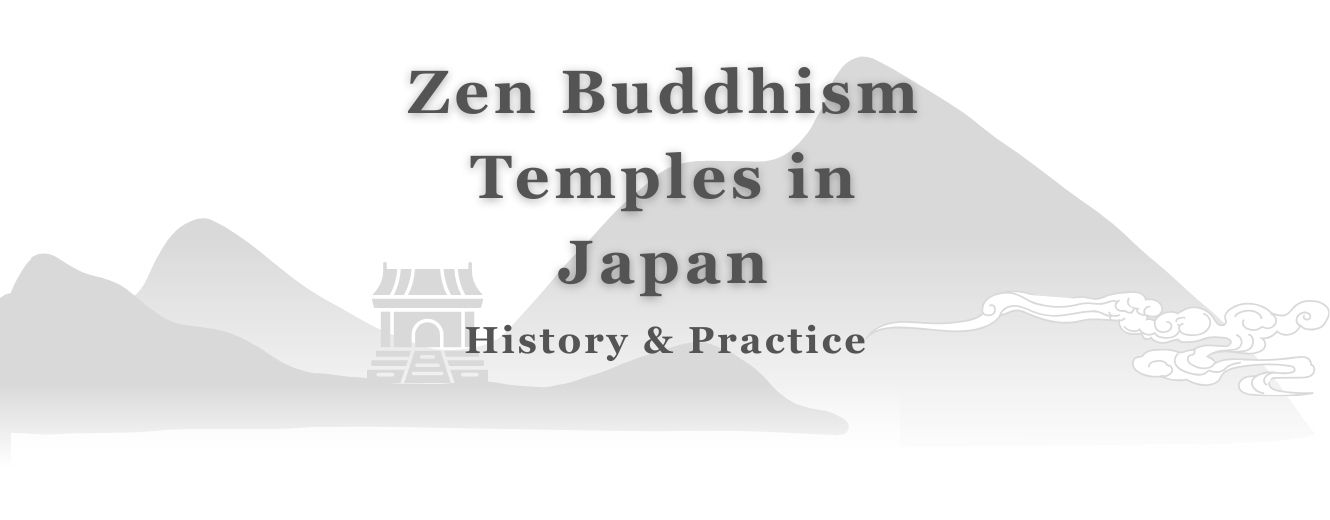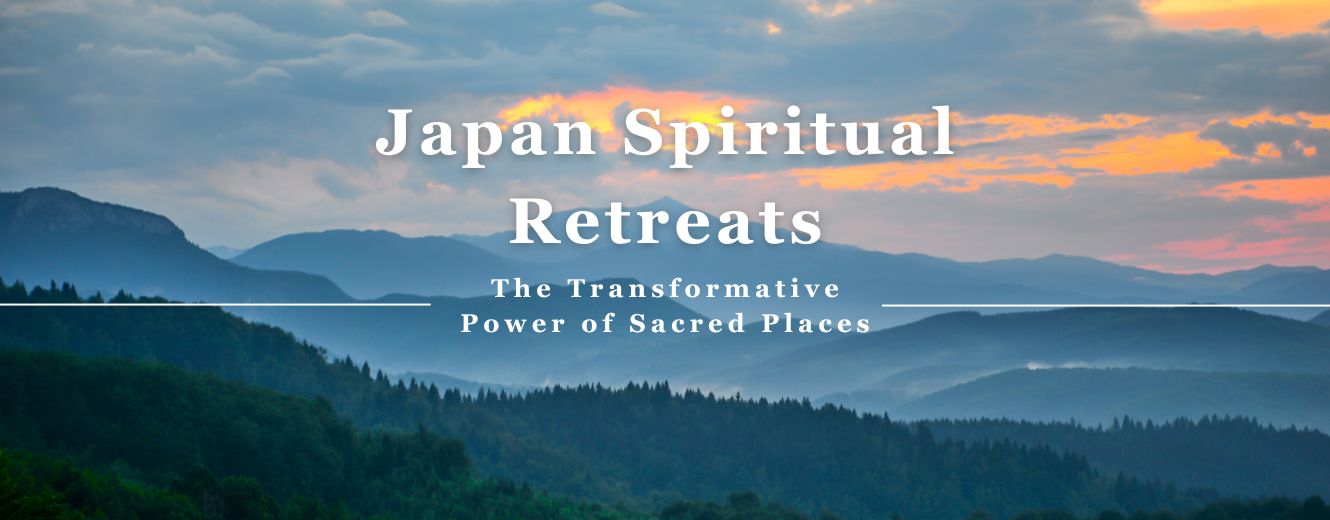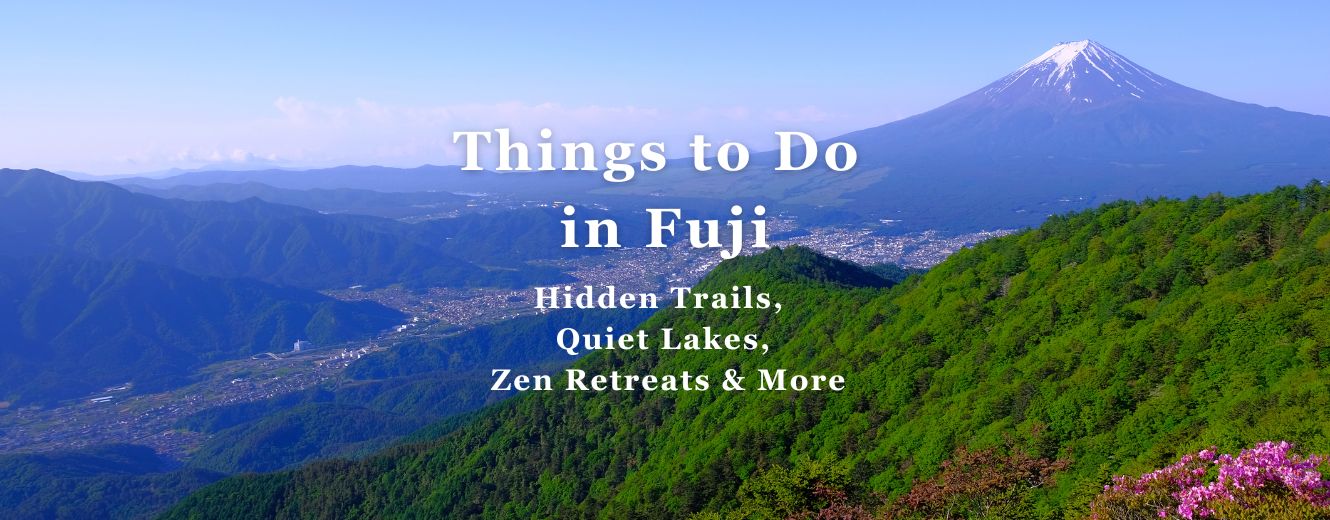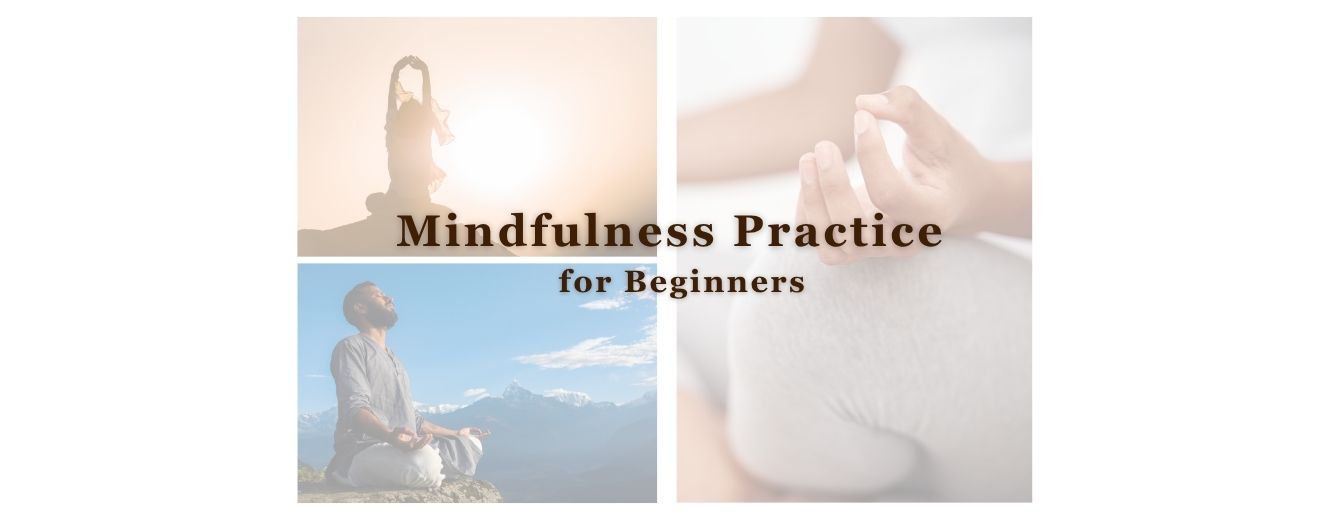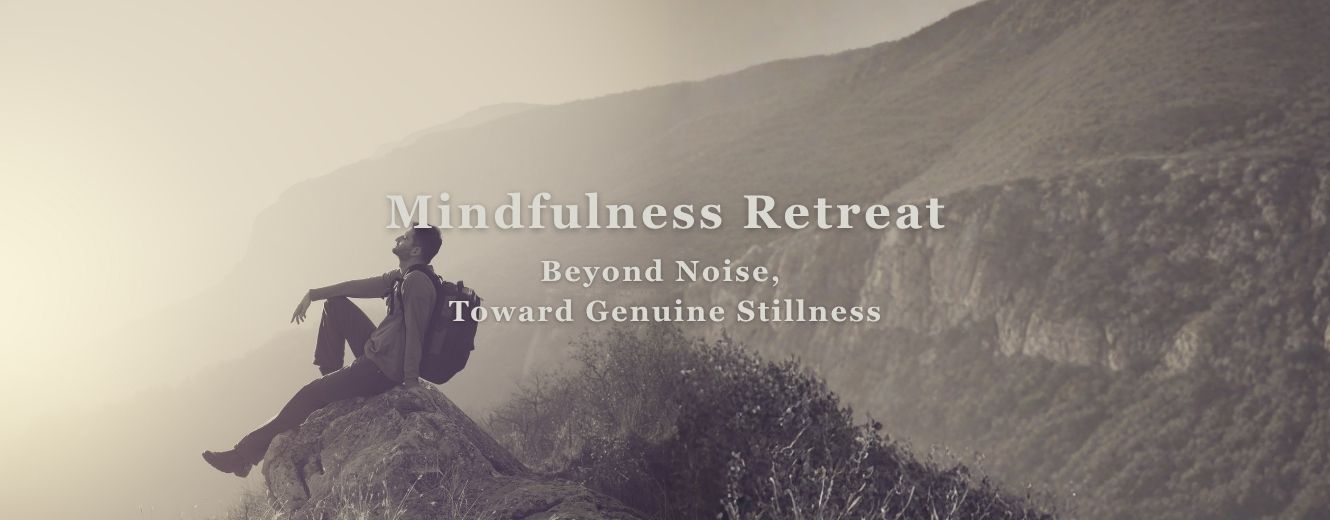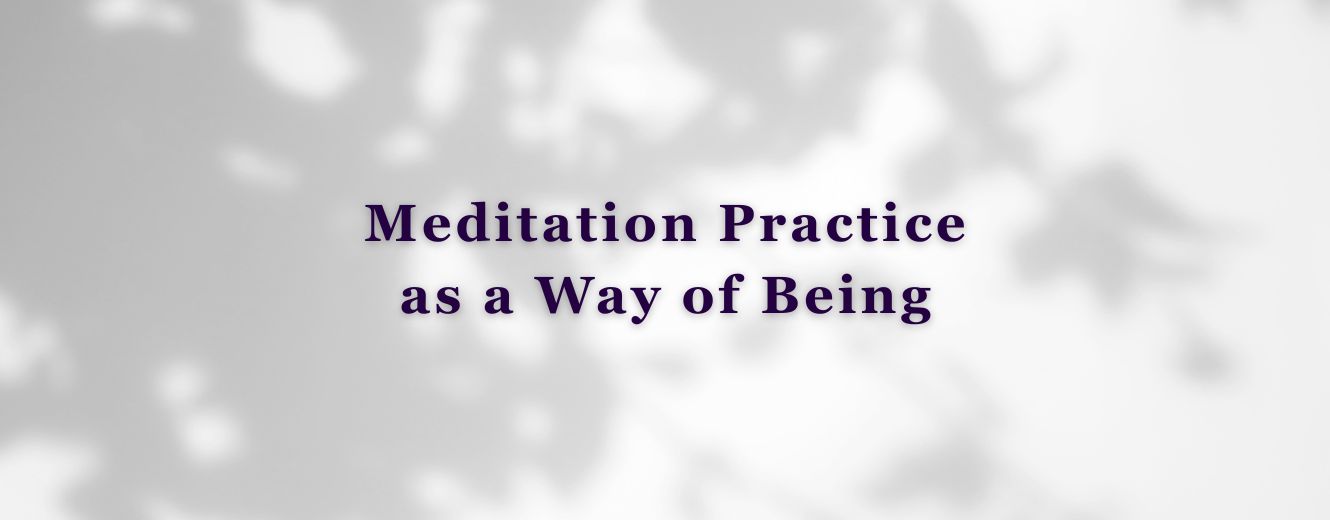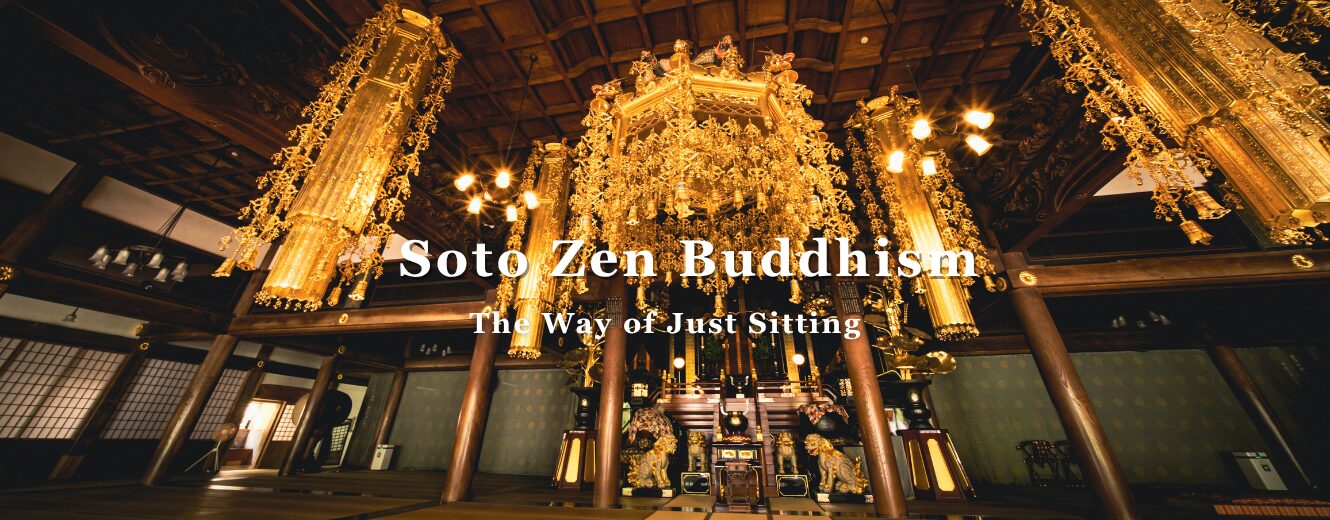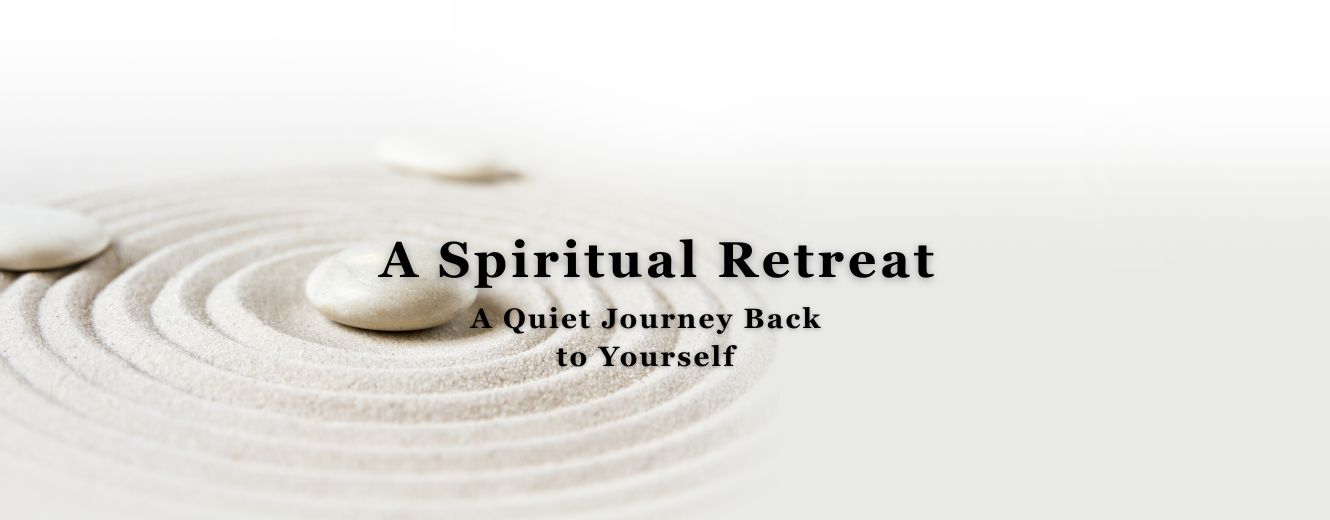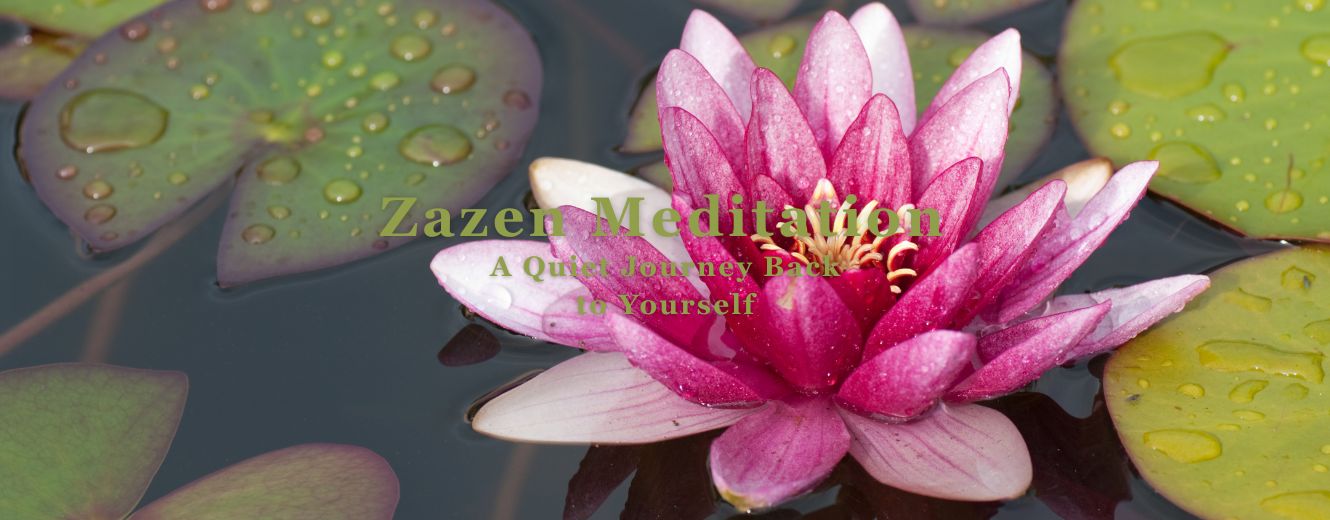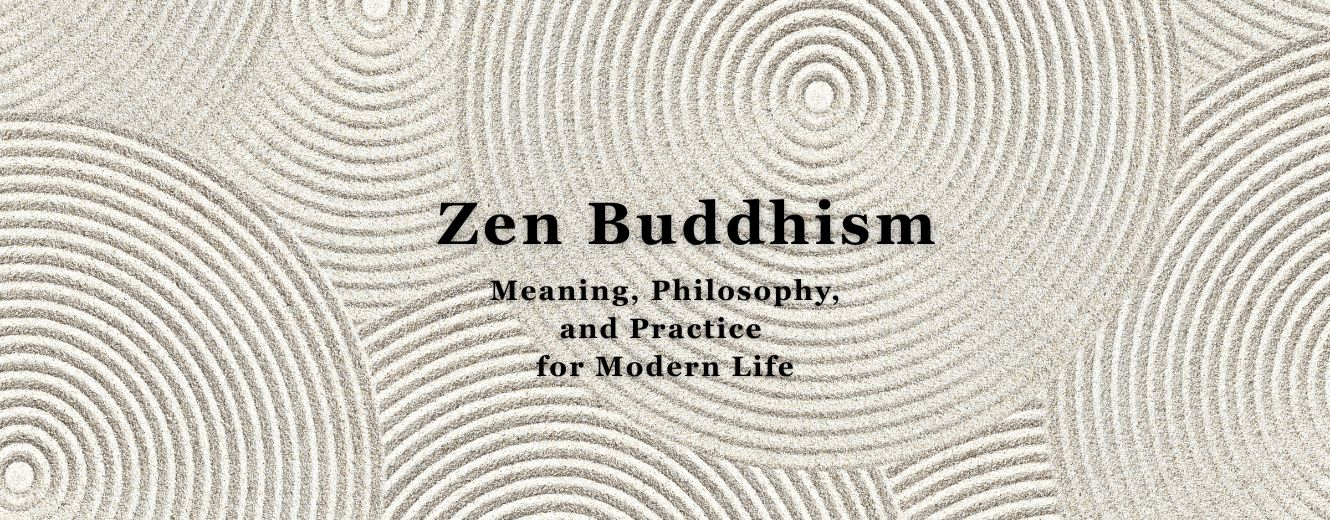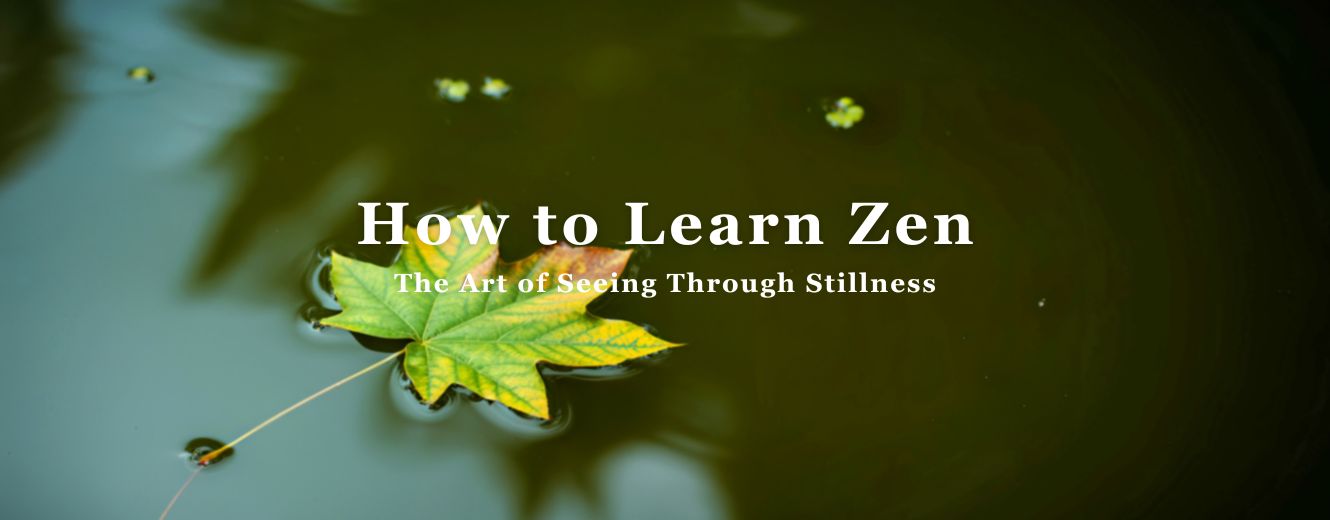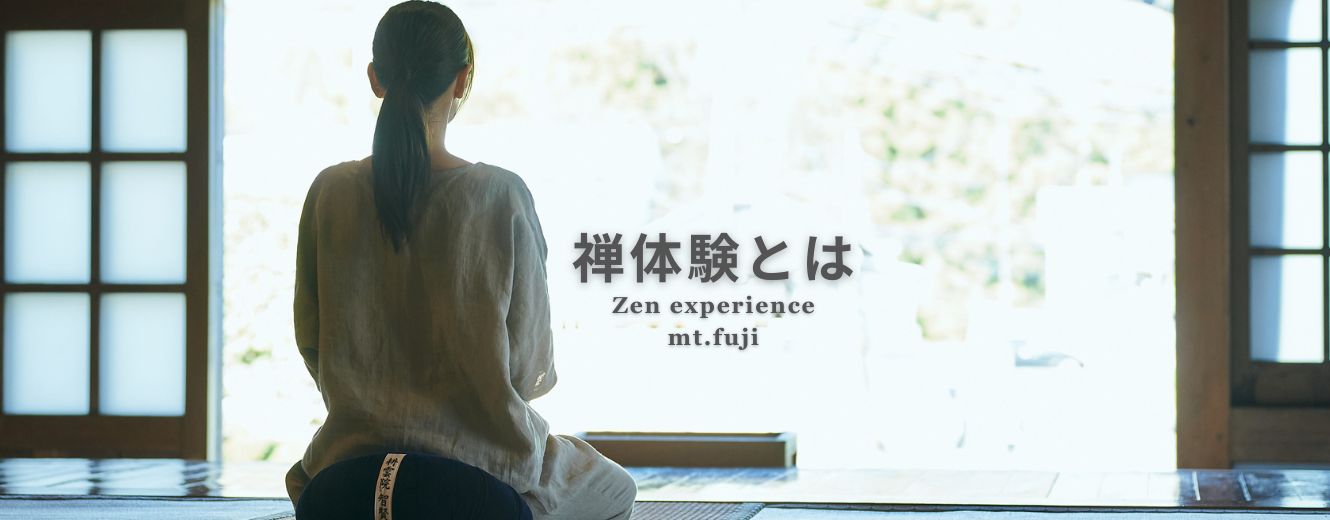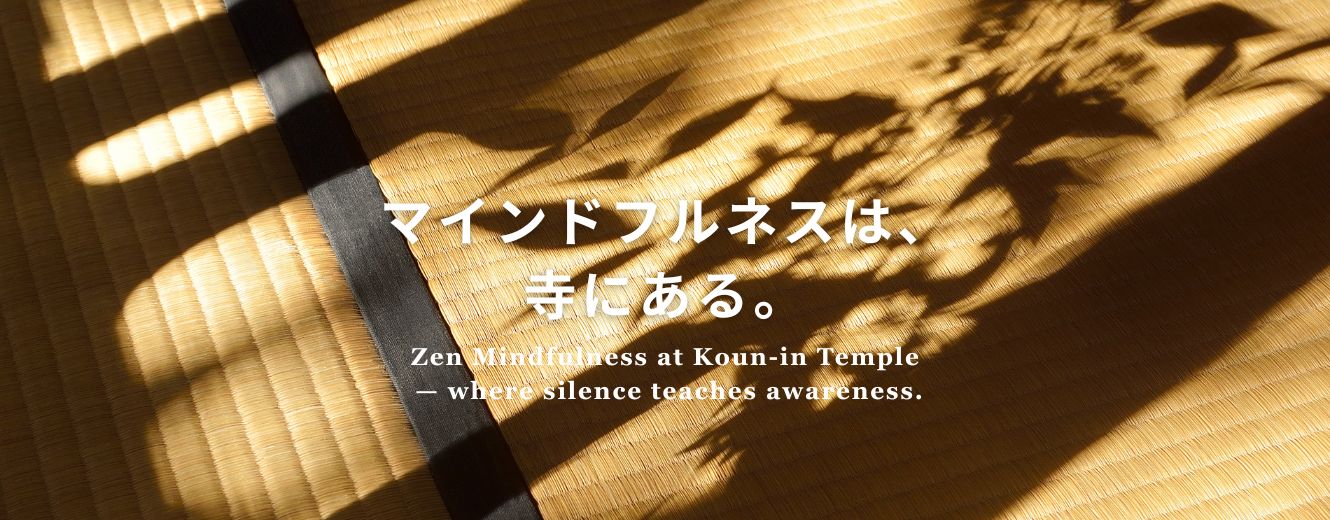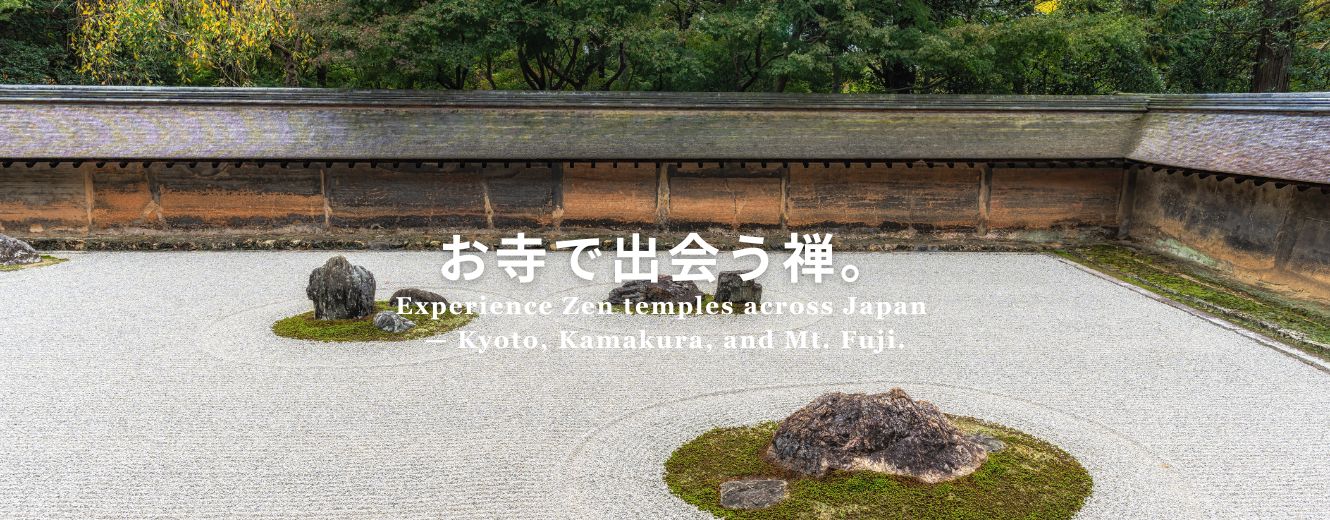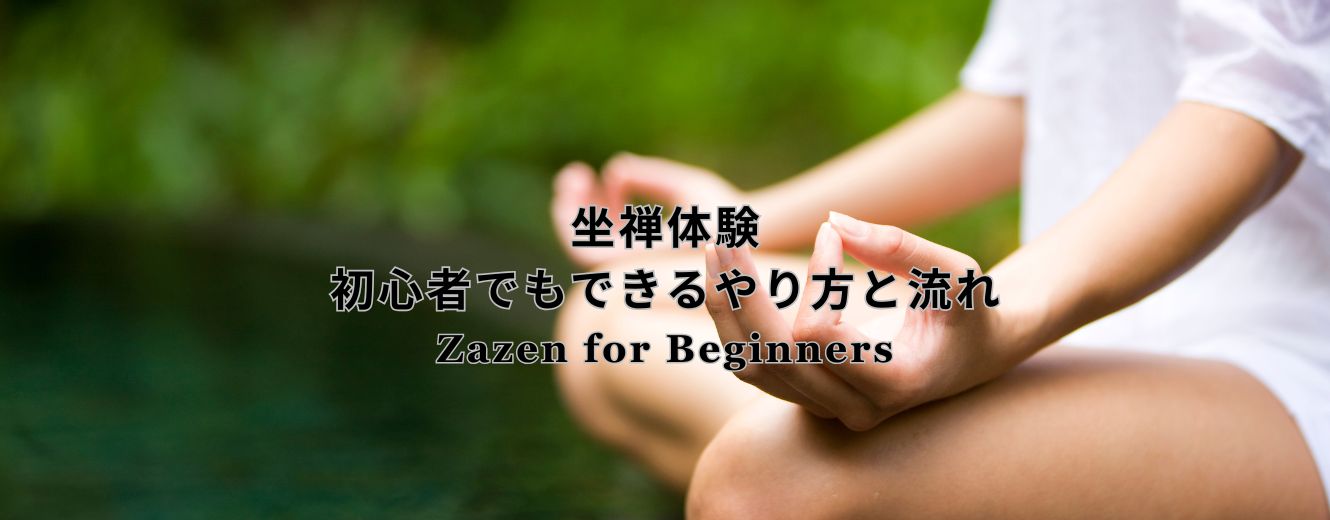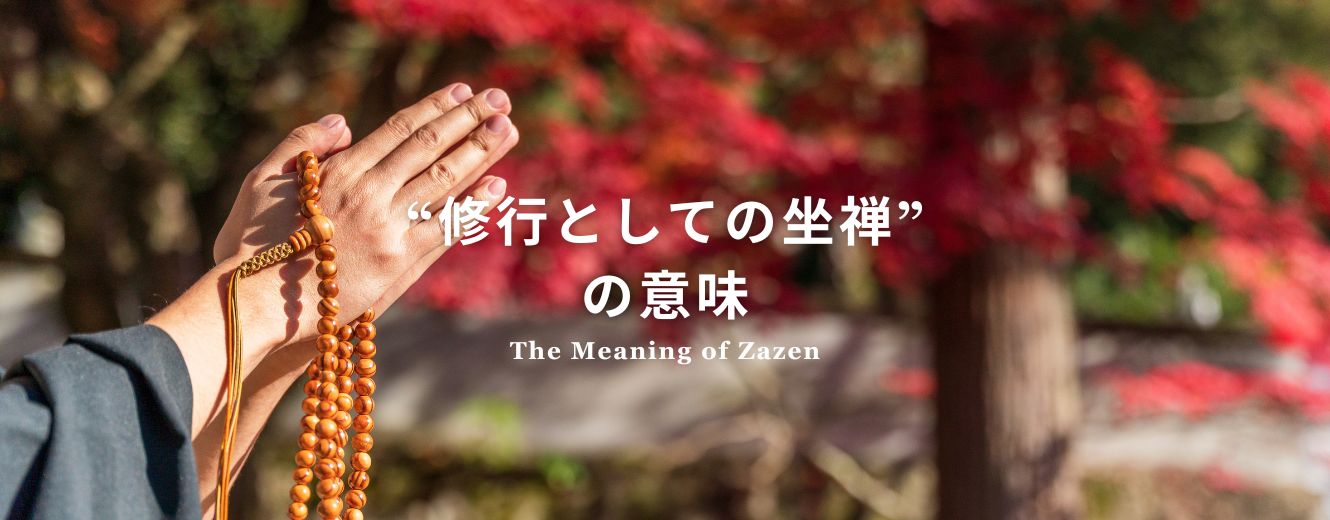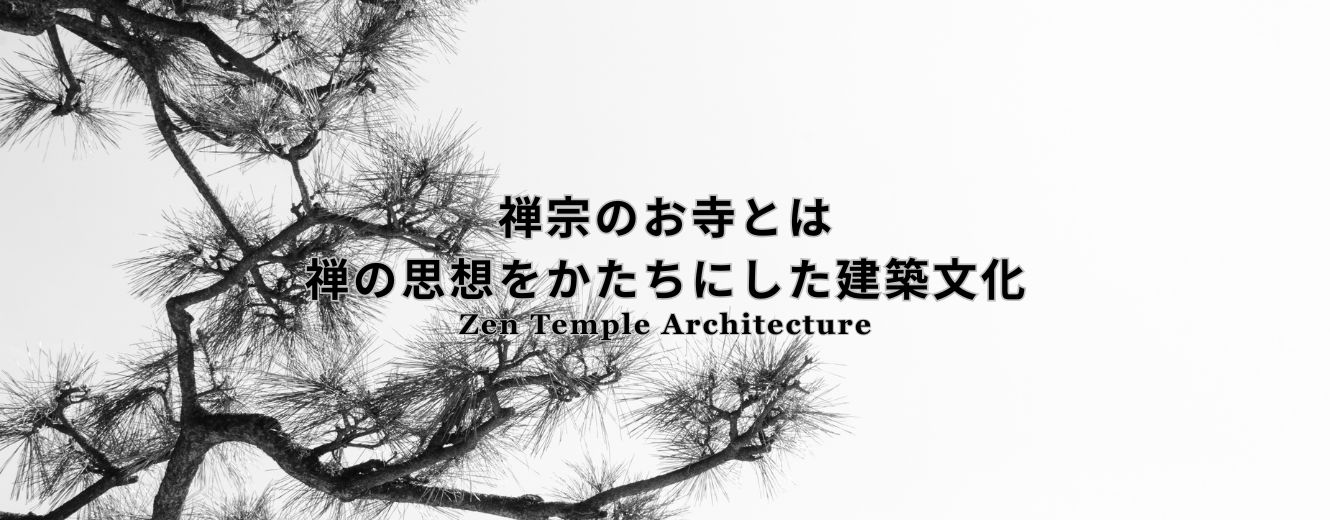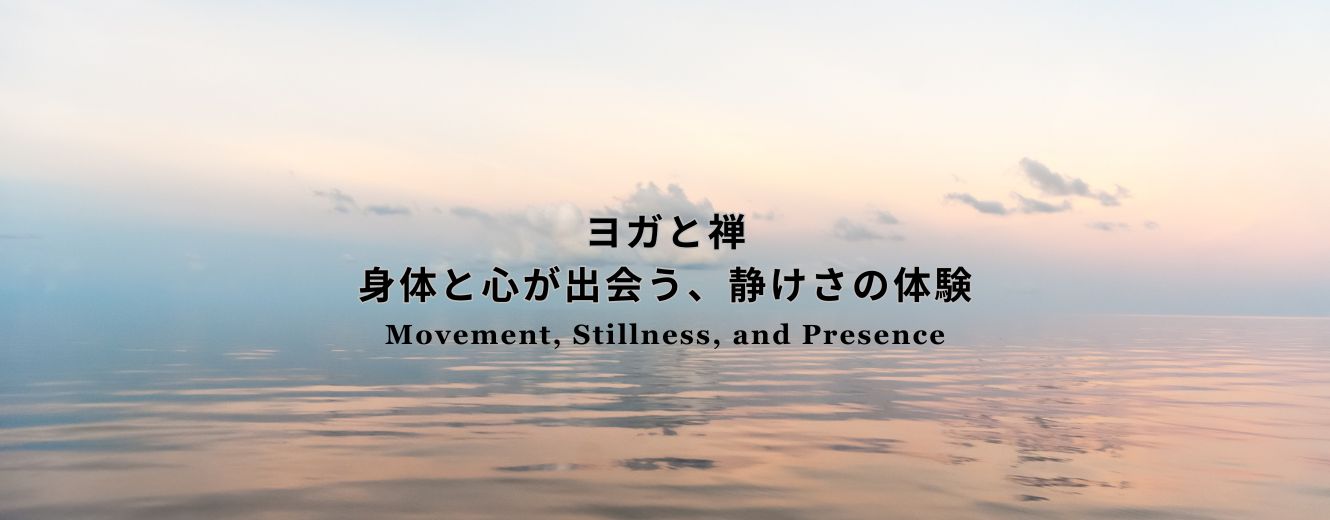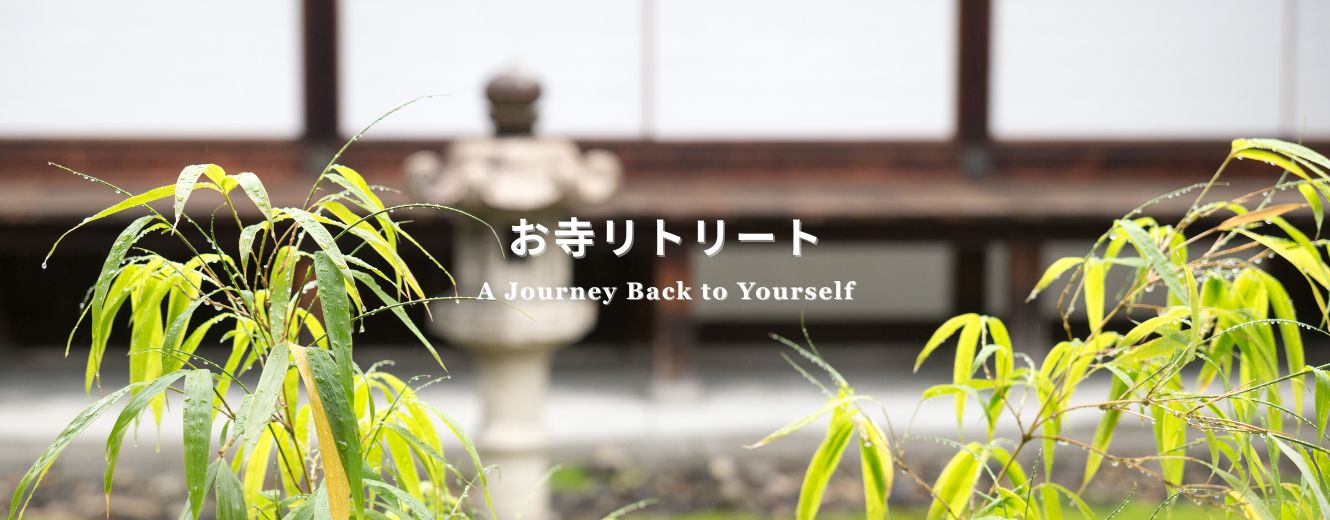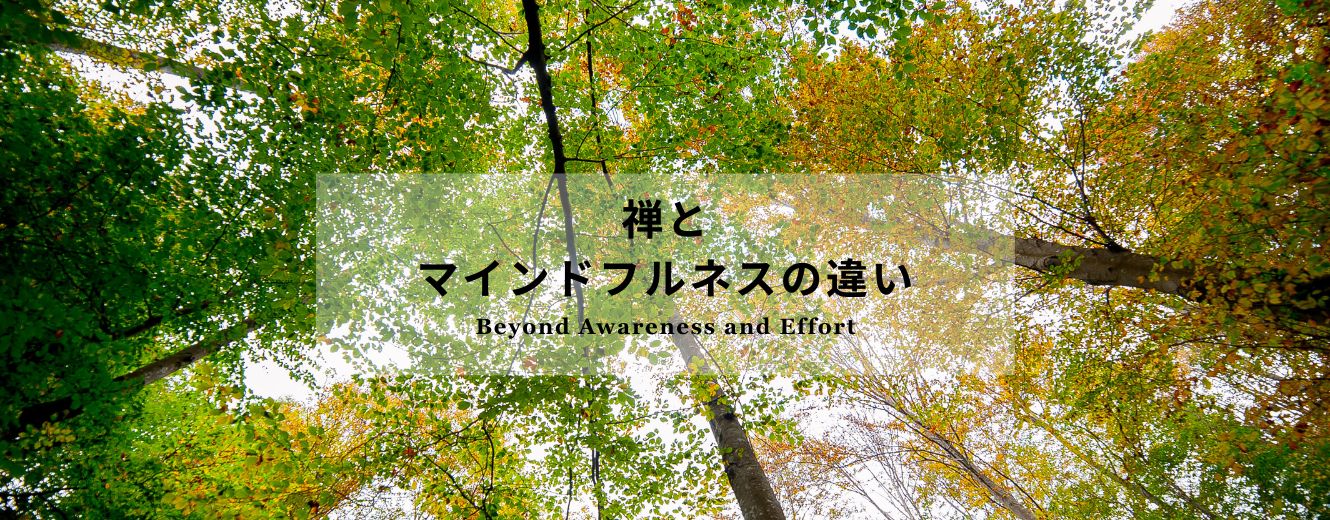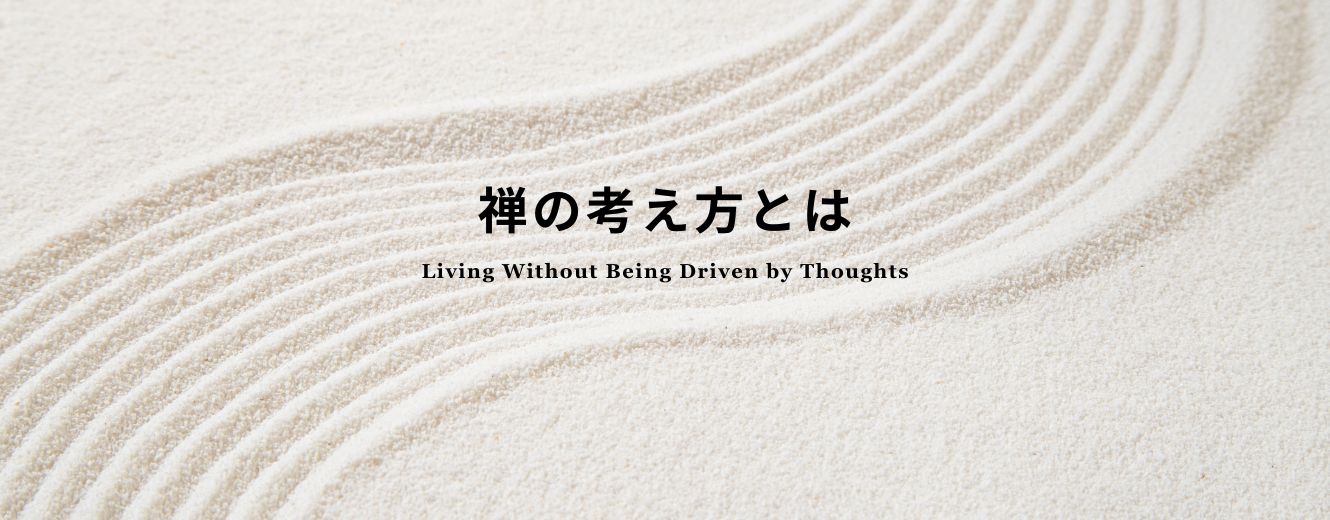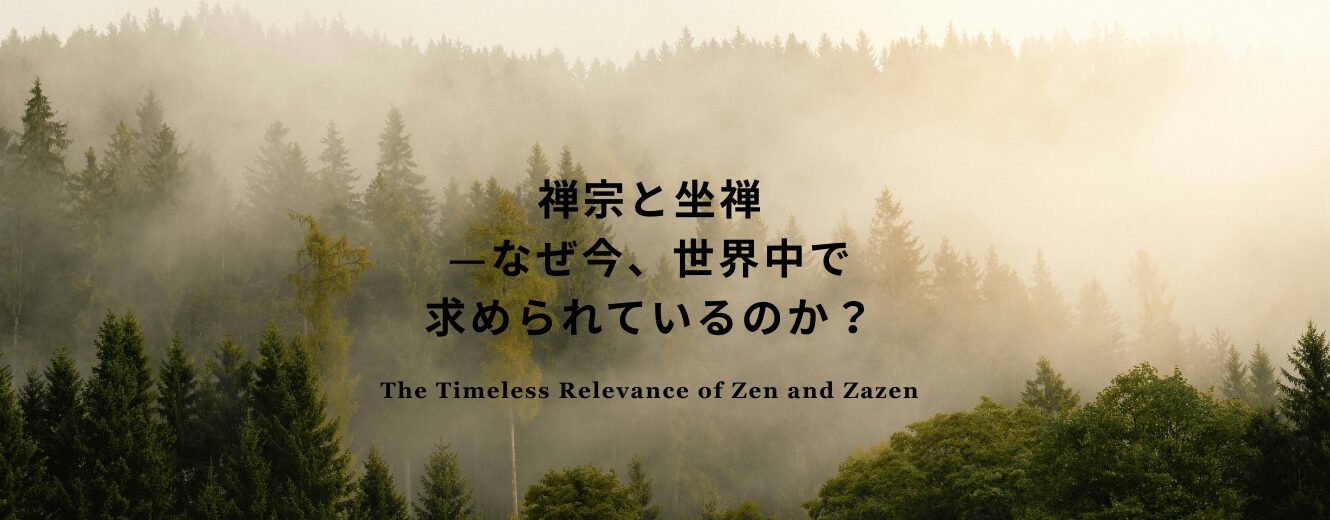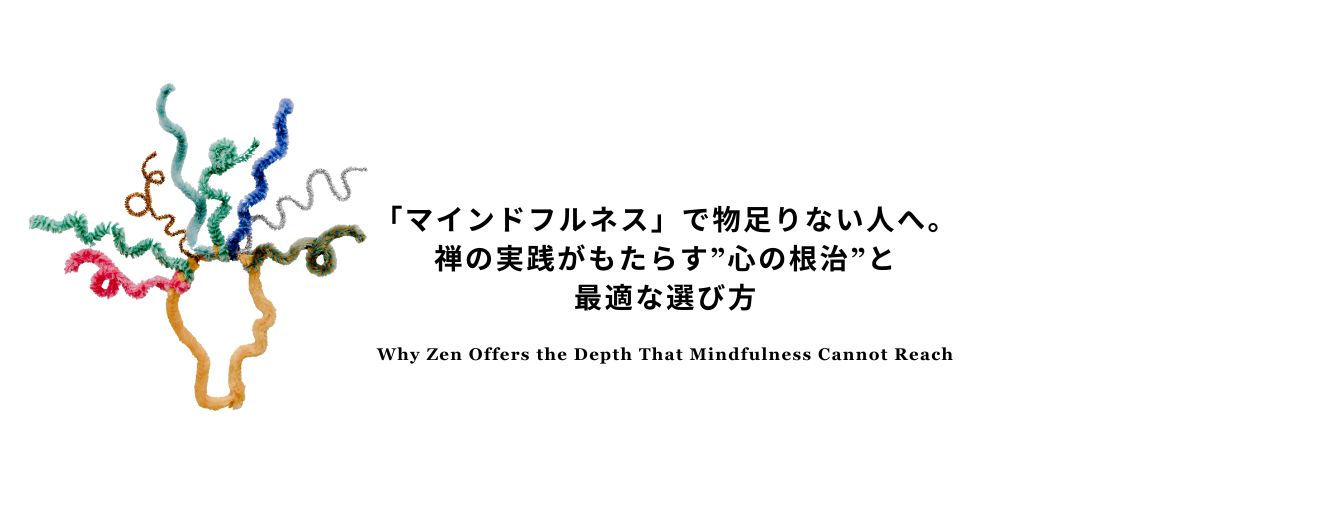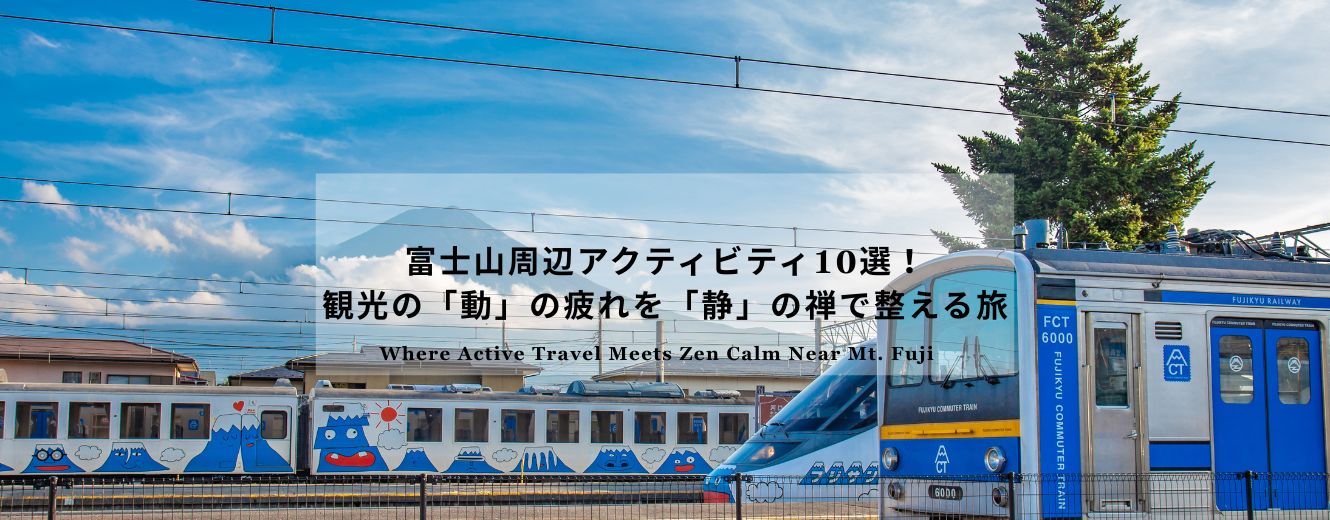1. Why Meditation Practice Works Better Than Motivation

Most of us try to improve our lives by chasing motivation — podcasts, caffeine, gym goals, productivity hacks.
But motivation burns fast. It spikes and crashes.
Meditation practice isn’t about getting hyped. It’s about getting steady.
In Zen, consistency itself is transformation. Sitting, breathing, showing up — every day, even when you don’t feel like it — that’s where growth happens.
In Japanese Zen, monks speak of gyōjūzaga — every act of life, whether walking or sitting, becomes part of the same continuous practice.
You don’t meditate to reach a goal; you meditate because practice is the goal.
When you stop relying on willpower and start building a habit, calm no longer depends on external success.
It becomes internal — something no meeting, deadline, or algorithm can take away.
2. How to Start — The Five-Minute Rule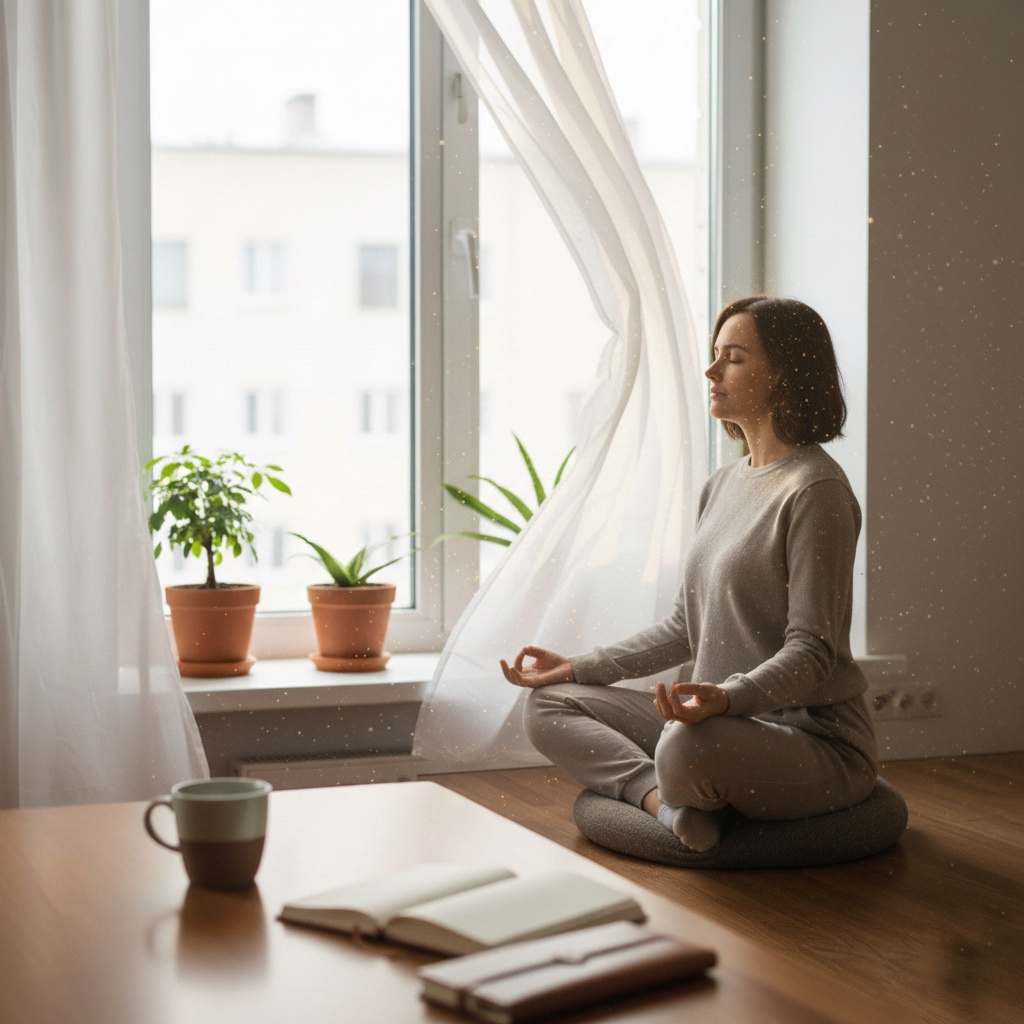
If you’re new to meditation, forget the idea of 30-minute silent marathons.
Start small. Five minutes a day is enough to change how your brain handles stress.
Step-by-Step
- Set your posture: Sit on a cushion or chair. Spine upright (alert, not stiff). Hands in lap, palms up, thumbs lightly touching. Eyes half-open, gaze downward.
- Breathe naturally: Don’t control it. Notice it. When thoughts appear — and they will — return to your breath without judgment.
- Use a timer: Set five minutes. When it rings, bow or take a deep breath before standing. Increase to 10–15 minutes over time — slow is smooth, and smooth becomes deep.
This simple structure — posture, breath, awareness — anchors your nervous system.
It’s the “five-minute rule”: do less than you think you should, but do it every day.
👉 For foundational techniques in mindfulness, see:Mindfulness Practice — Beyond Noise, Toward Genuine Stillness
3. Common Mistakes Beginners Make

❌Forcing yourself into silence:
Trying to “empty the mind” creates tension. Zen teaches hōge-jaku — “let go of everything.” Don’t chase stillness; allow it to appear. Noticing a thought is already waking up.
❌Overdoing it:
You don’t need to sit for an hour. Over-effort leads to burnout — the very thing meditation should heal. This is the Middle Way: not too tight, not too loose.
❌Depending on apps or perfect conditions:
You don’t need a playlist, incense, or mood lighting. Real meditation happens in the middle of life — before work, in your car, between meetings. The point isn’t to escape noise; it’s to find stillness within it.
Remember: practice isn’t about perfection. It’s about returning.
4. Building a Daily Meditation Practice
The hardest part isn’t learning meditation — it’s showing up. So make it frictionless.
Practical Tips
- Morning matters: Sit five minutes before emails and family noise. It sets the tone of your day.
- Habit stacking: Attach meditation to an existing routine (after brushing teeth, before coffee).
- Keep it visible: Leave the cushion out. Use a recurring reminder. Turn meditation from a decision into a default.
- Measure by presence, not time: Five or fifteen minutes — what matters is: did you show up with awareness? Repetition builds the attention “muscle” — compound interest of calm.
As Zen teachers say: “Even a fool who keeps walking will arrive before a genius who stops.”
👉 Learn more about the experience:Buddhist Retreat in Japan — Where Stillness Becomes Practice
5. From Routine to Retreat — Where Practice Becomes Life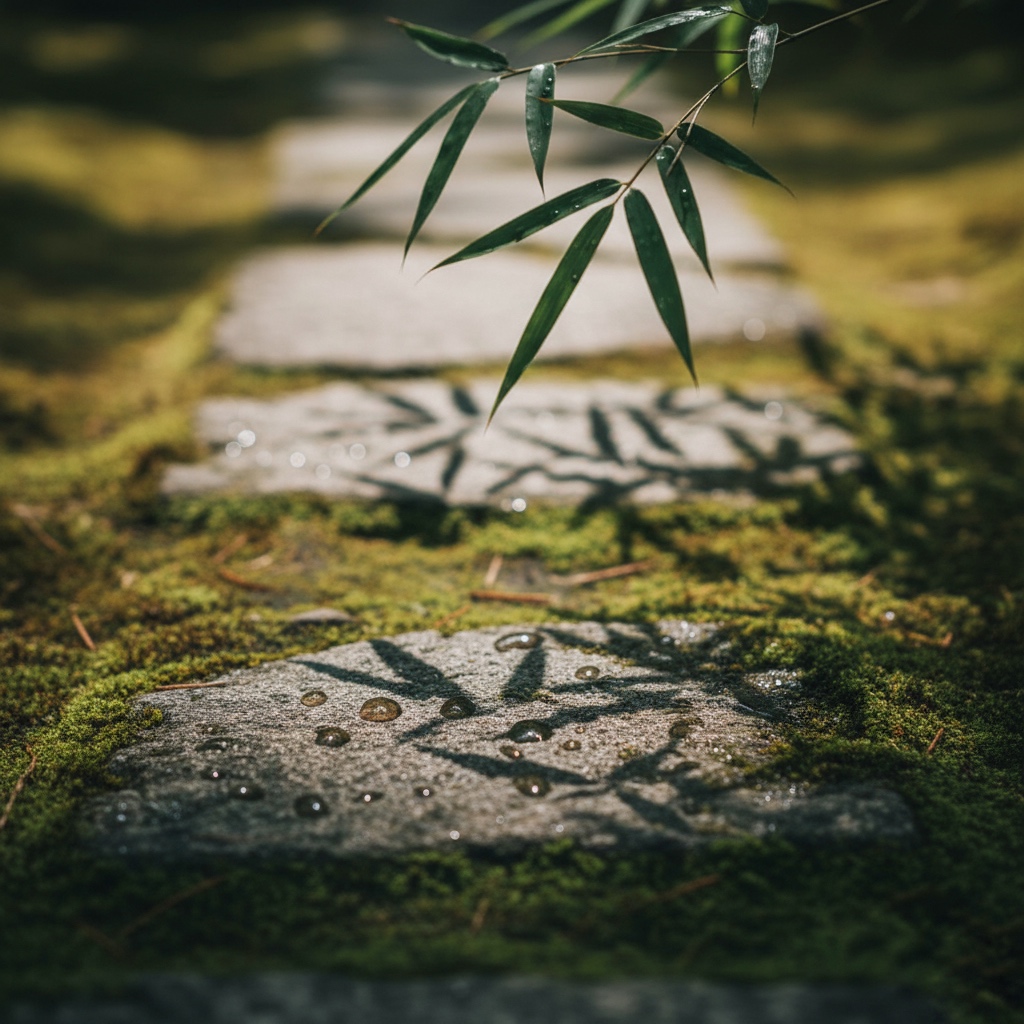
At some point, meditation stops being an activity; it becomes a way of being.
Your breathing slows when you speak; you listen more deeply; life itself feels like practice.
When you’re ready to go deeper, step away — not from life, but into it fully.
At Koun-in Temple near Mt. Fuji, monks guide visitors through meditation, silent reflection, and plant-based shojin ryori.
It’s not a wellness resort — it’s where stillness becomes lived experience.
For many professionals, this “reboot” reframes what focus really means.
👉 Visit:Koun-in Temple Zen Retreat
6. Example — Koun-in Temple Zen Retreat near Mt. Fuji
For those seeking stillness in a place of natural beauty, Koun-in Temple (耕雲院) offers a genuine Zen Buddhist retreat surrounded by cedar forests in Yamanashi Prefecture — about 90 minutes from Tokyo.
Program Highlights
- Incense & Mindful Actions — using fragrance to shift from daily life into calm presence
- Yoga — gentle movements like Sun Salutations to prepare body and mind
- Zazen Meditation — short guided sittings in English for beginners
- Sutra Copying (Shakyo) — tracing the Heart Sutra to cultivate focus and compassion
- Shojin Ryori (Zen Cuisine) — seasonal plant-based meals, vegan and Halal friendly
Duration: 3–4 hours
Fee: ¥10,000 – 15,000
Location: Tsuru City, Yamanashi — 90 min from Tokyo / near Mt. Fuji
👉 Visit the official page:Koun-in Temple Zen Retreat
7. Voices from Participants — Zen Retreat Experiences in Japan
“The meditation retreat in Japan was the highlight of my trip. Sitting quietly near Mt. Fuji gave me peace I’d never felt before.”
“More than sightseeing — it felt like stepping into the living spirit of Japanese culture.”
“The combination of yoga and zazen was unforgettable. It helped me experience mindfulness in a new way.”
“We joined as a couple, and sutra copying and temple food made the retreat uniquely Japanese.”
“As a senior traveler, I felt supported. Yoga prepared my body, and meditation gave me renewed energy.”
“As a yoga practitioner, the blend of movement and stillness in an authentic Zen setting was powerful.”
8. A Personal Note — From Rev. Chiken Kawaguchi, Vice Abbot of Koun-in Temple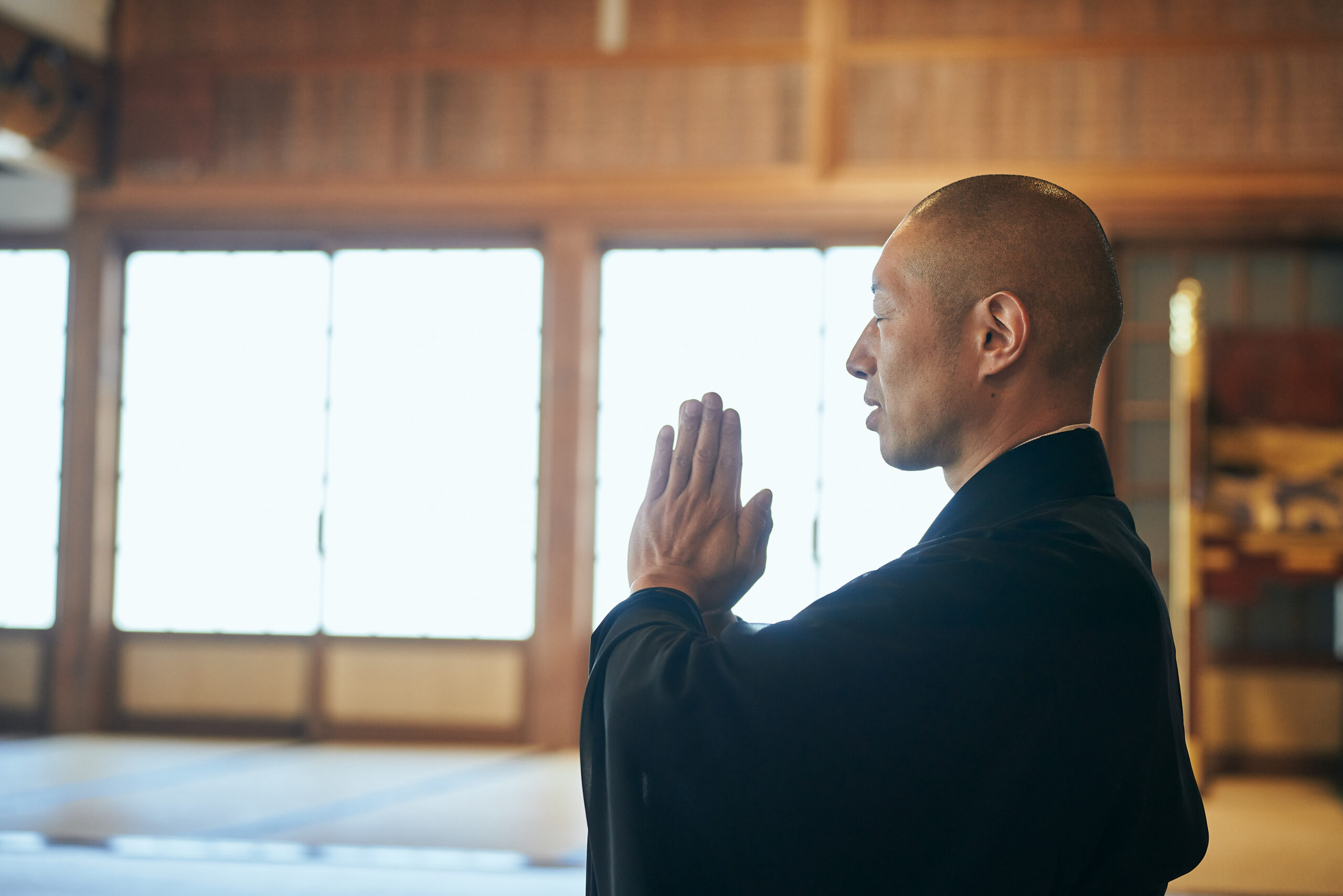
Hello — I’m Rev. Chiken Kawaguchi, Vice Abbot of Koun-in Temple, a Sōtō Zen monastery in the foothills of Mt. Fuji, Japan.
For most of my early life, I chased momentum — more work, more stimulation, more success.
I believed peace would come after achievement. But true peace begins before achievement — in the practice of stillness.
At Eiheiji, I learned that discipline isn’t restriction; it’s alignment. Each bow, each breath, each repetition reflected where my mind was scattered and how to return.
In Zen, practice is not preparation for life — it is life. You don’t have to leave your job or move to a temple.
Five minutes a day can become your temple.
Keep that small promise to yourself; consistency — not perfection — transforms awareness into wisdom.
👉 Begin your own practice wherever you are:Join Online Zazen from Japan
9. FAQ — About Buddhist Retreats in Japan
Can I join alone?
Yes. Many participants come solo, seeking quiet time for themselves. Beginners are warmly supported.
How long is the program?
About 3–4 hours — easy to fit into a travel schedule.
Is English guidance available?
Yes. Simple English guidance is provided.
Is Shojin Ryori included?
It depends on the plan. Choosing the meal option allows you to experience mindful eating.
Do I need to bring anything?
No. Comfortable clothing is enough — all materials are provided.
How do I book?
Please make an advance reservation through our contact form. Early booking is recommended, especially during weekends and holiday seasons.
10. Closing Thought
You don’t need to move to a monastery to practice meditation.
You just need five minutes — and the courage to meet yourself honestly, again and again. Motivation fades.
Practice stays. Start small. Stay consistent.
And when the noise gets too loud, remember: stillness isn’t somewhere else. It’s already here, waiting for you to notice.

